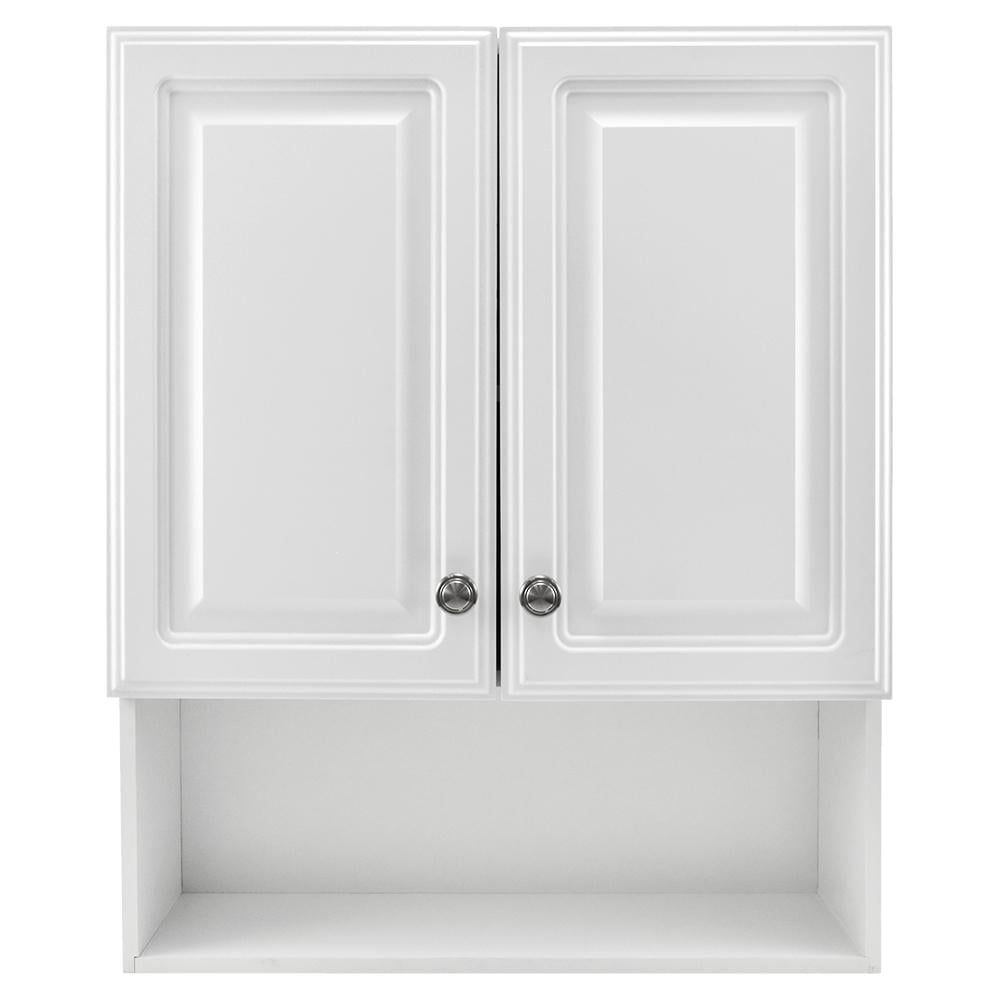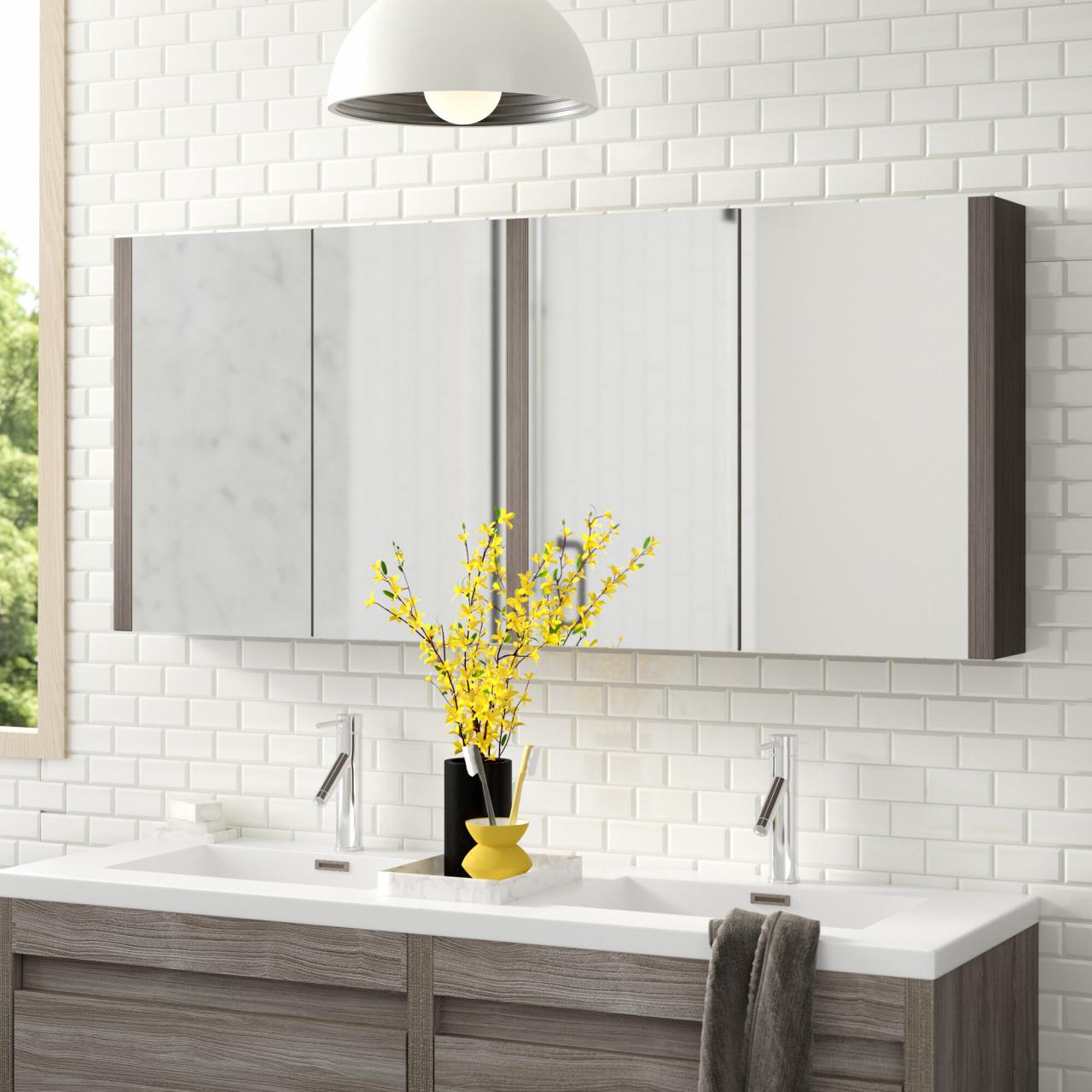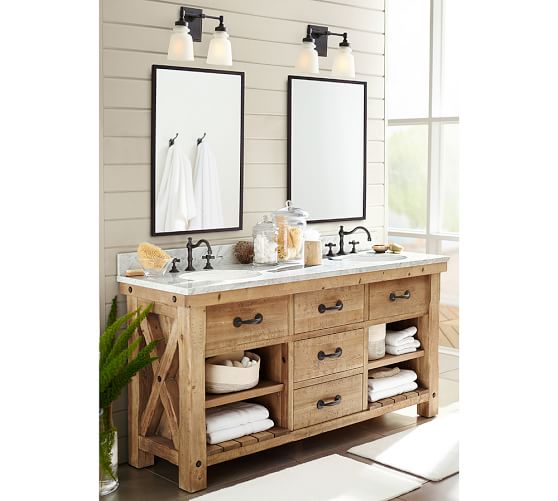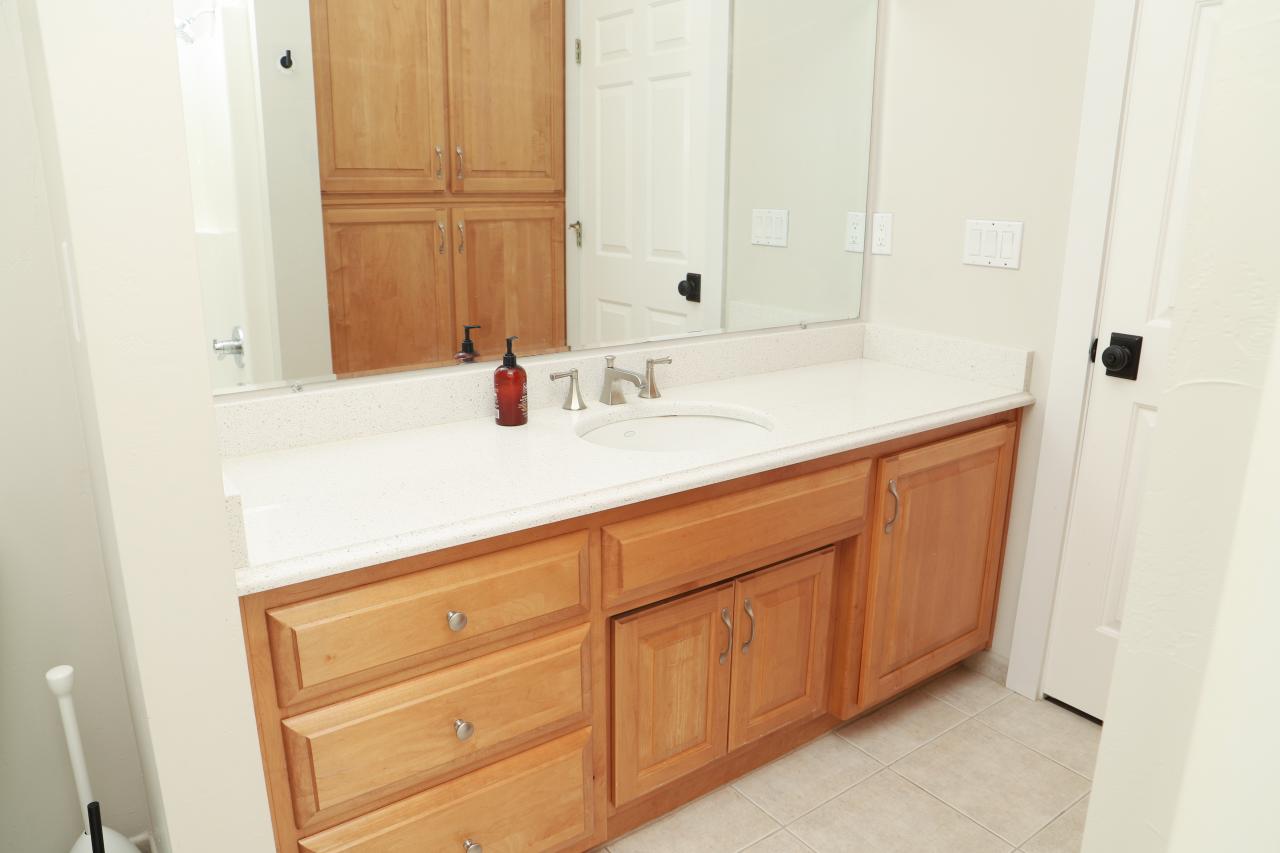What is Bathroom Cabinet Medicine?
When we think about healthcare at home, one of the first places that comes to mind is the bathroom cabinet. It’s where we often stash all those essential medications, ointments, and first-aid supplies. But what exactly does the term “bathroom cabinet medicine” entail? Simply put, it refers to the assortment of over-the-counter medications, prescription drugs, and other health-related items that we keep handy in our bathroom cabinets for day-to-day use or emergencies.
- What’s in the Cabinet? Bathroom cabinet medicine can range from common pain relievers like ibuprofen and acetaminophen to more specialized treatments such as prescription antibiotics or allergy medications. It can also include topical treatments like ointments, creams, and antiseptic solutions. Having these on hand allows for immediate treatment of minor injuries or illnesses without a trip to the pharmacy.
- The Convenience of Quick Access One of the reasons many people stock their bathroom cabinets with medicine is convenience. It’s the go-to spot for those midnight headaches, morning allergies, or an unexpected scrape. Whether it’s grabbing a bandage or popping a pill, the ability to quickly access the necessary supplies makes a huge difference.
- Home Healthcare on the Go While many people associate a bathroom cabinet with a quick fix, having a well-stocked medicine cabinet can serve as your first line of defense in managing health concerns. Minor health issues that arise at home often don’t warrant a doctor’s visit. For example, a simple cold, mild allergic reaction, or minor cut can be treated with the right supplies from your cabinet.
- Different Types of Medicine to Keep It’s essential to know that bathroom cabinet medicine isn’t limited to just over-the-counter drugs. Many people also store their prescription medications in this space. This can range from long-term medications for chronic conditions to short-term treatments for infections. Having a varied collection ensures you’re covered for most situations.
- Risks and Benefits While bathroom cabinet medicine provides convenience, it’s important to be aware of potential risks. Improperly stored medications or expired drugs can become ineffective or even harmful. It’s crucial to regularly check expiration dates and ensure medicines are stored safely, away from moisture and heat.
- Final Thoughts In summary, bathroom cabinet medicine is a convenient, essential part of home healthcare. By keeping a range of medications and supplies organized in one place, we can address minor health issues quickly and efficiently. However, it’s important to maintain and manage the contents carefully to ensure safety and effectiveness.

Essential Medications Every Bathroom Cabinet Should Have
Having a well-stocked bathroom cabinet can make all the difference when dealing with unexpected health issues. Whether it’s a headache, cold, or minor injury, the right medications can save you a trip to the store or even to the doctor. But what exactly should you keep in your cabinet? Here’s a breakdown of the essentials that should be in every home.
Pain Relievers One of the most common reasons we reach into the medicine cabinet is to alleviate pain. Over-the-counter pain relievers such as ibuprofen, acetaminophen, and aspirin are absolute must-haves. These medications can help with headaches, muscle pain, or even reduce fever, making them essential for quick relief.
Cold and Allergy Medications Colds and allergies can strike at any time, so it’s always a good idea to keep medications like antihistamines, decongestants, and cough suppressants on hand. Having these ready ensures you’re prepared for seasonal changes or surprise sniffles, and they can help manage symptoms until they pass.
Digestive Aids No one likes dealing with an upset stomach, indigestion, or heartburn. Medications such as antacids, anti-diarrheal tablets, and laxatives should be part of your bathroom cabinet collection. These are great for handling everything from bloating and gas to more serious digestive issues.
First-Aid Basics While they aren’t necessarily “medications,” first-aid items like bandages, antiseptic ointments, and gauze are critical for treating minor cuts, scrapes, or burns. Keeping antibiotic ointments like Neosporin on hand ensures you can clean and protect wounds quickly.
Topical Treatments Having creams and ointments for skin irritations, rashes, or bites can provide immediate relief. Consider stocking hydrocortisone cream for itchy skin, aloe vera gel for burns, and insect bite relief products. These can make a huge difference in your comfort.
Prescription Medications If you or someone in your household requires long-term medications for conditions like asthma, diabetes, or high blood pressure, these should be stored properly in the bathroom cabinet as well. Just be sure to check expiration dates and store them according to the prescription instructions.
Organizing Your Bathroom Cabinet
We’ve all experienced the frustration of rummaging through a cluttered bathroom cabinet, looking for that medicine we desperately need. Organizing your bathroom cabinet isn’t just about aesthetics—it’s about functionality, safety, and ensuring that you can find what you need when you need it. Here’s how you can keep your cabinet neat and easily accessible.
Categorize by Use Start by sorting your medications and supplies into categories such as pain relievers, cold and flu remedies, digestive aids, and first-aid supplies. This makes it easier to locate items when you’re in a hurry and keeps similar products together. It’s also a good way to take stock of what you have and what might need replacing.
Use Clear Containers or Bins If your cabinet has shelves, consider using small, clear bins to group similar items. For example, one bin could hold first-aid supplies, while another contains prescription medications. Labeling these bins makes everything more organized and prevents clutter.
Store Frequently Used Items at Eye Level The items you reach for the most, like pain relievers or allergy medicine, should be kept at eye level for easy access. Less frequently used items, such as cold medication or topical creams, can be stored on lower or higher shelves.
Check Expiration Dates Regularly It’s important to go through your medications every few months to check for expired items. Expired medications can lose their effectiveness or become unsafe to use, so getting rid of old products keeps your cabinet functional and safe.
Avoid Overcrowding A packed cabinet is a disorganized cabinet. If you’re running out of space, it may be time to declutter or find an alternate storage solution. Keep only what you need and use regularly in the bathroom cabinet, and store bulkier or less frequently used items elsewhere.
Consider Childproofing If you have children in the house, make sure to store medications in a childproof cabinet. Keep dangerous or prescription medications on a high shelf, or install safety locks to prevent access.
When to Update Your Medicine Cabinet
A bathroom cabinet full of expired or ineffective medications is not just useless—it can be dangerous. Knowing when and how to update your medicine cabinet is crucial for maintaining a safe and functional space. Here’s a guide to ensure you’re keeping everything up-to-date and safe for use.
The Importance of Expiration Dates Every medication comes with an expiration date for a reason. Over time, the active ingredients in medications can degrade, making them less effective or even dangerous. It’s essential to regularly check these dates and dispose of anything past its expiration.
Set a Routine for Checking Make it a habit to go through your medicine cabinet every six months. This ensures that you catch expired items before you need them in a pinch. Keeping track of medications also allows you to replenish any essentials before they run out.
How to Dispose of Expired Medications When disposing of expired medications, it’s not as simple as tossing them in the trash. Many pharmacies offer medication take-back programs to safely dispose of unused or expired drugs. Alternatively, the FDA provides guidelines for safe disposal at home, such as mixing the medication with undesirable substances like coffee grounds and sealing it in a plastic bag.
Keep an Eye on Temperature and Humidity While it might seem natural to store medicines in the bathroom, it’s important to remember that heat and humidity can affect their potency. If your bathroom tends to get hot and steamy, consider moving medications to a cool, dry place like a linen closet.
Restock Regularly In addition to removing expired medications, take the time to restock essential items like pain relievers, bandages, and first-aid supplies. Keeping a checklist of what’s in your cabinet can help you stay organized and avoid running out of something important when you need it.
Know When to Replace Equipment Some items in your bathroom cabinet, like thermometers, bandage scissors, or tweezers, may not have an expiration date but should still be replaced over time. If anything looks worn out or broken, replace it to ensure it works when you need it.
Non-Medical Essentials for Your Bathroom Cabinet
Your bathroom cabinet isn’t just for medicine. Stocking it with a few non-medical essentials can make your daily routine more efficient and ensure you’re prepared for a variety of situations. Here are some must-have non-medical items you should consider adding to your cabinet.
Thermometer A reliable thermometer is a critical tool for monitoring fevers, especially in children. Whether you prefer a digital thermometer or one with more advanced features like infrared scanning, having this in your bathroom cabinet means you’re always ready to check for a fever.
Tweezers and Scissors Tweezers are useful for removing splinters or ticks, while small, sharp scissors can be used to cut bandages or medical tape. These tools are often overlooked but can come in handy in many first-aid situations.
Cotton Swabs and Cotton Balls Cotton swabs are great for cleaning around cuts or applying ointments, while cotton balls can be used for everything from cleaning wounds to removing makeup. These are multi-purpose items that belong in your bathroom cabinet.
Alcohol and Hydrogen Peroxide Keeping small bottles of rubbing alcohol and hydrogen peroxide in your bathroom cabinet ensures you have the proper tools to disinfect wounds or clean your hands when applying bandages. These are first-aid basics that can help prevent infections.
Sunscreen Sunscreen is a must-have in any home, especially during the warmer months. By keeping it in your bathroom cabinet, you can make it part of your daily routine and avoid sunburns when heading outdoors.
Nail Clippers Regular nail clippers are important for grooming, but they can also be useful for handling small first-aid tasks. Keeping a good pair of clippers in your bathroom cabinet ensures you’re ready for both health and hygiene needs.
How to Safely Store Medicine in Your Bathroom Cabinet
While the bathroom cabinet may seem like the perfect place to store medicine, it’s not always the safest spot. Bathrooms tend to be humid and warm, which can degrade certain medications. Here’s how to store your medicine safely and ensure its potency.
Keep Medicine in a Cool, Dry Place Humidity and heat from showers or baths can affect the effectiveness of medications, especially tablets and capsules. If your bathroom gets particularly steamy, consider storing medications in a cool, dry place like a bedroom drawer or a linen closet.
Keep Medications Out of Direct Sunlight Direct sunlight can break down the active ingredients in some medications. Make sure that your bathroom cabinet is placed in a spot where sunlight doesn’t reach, or store your medications in an opaque container that blocks light exposure.
Use Airtight Containers for Sensitive Medications If you must store medications in a humid environment, consider using airtight containers or bags to protect them. This is especially important for pills and powders, which can absorb moisture from the air and lose their effectiveness.
Store in Original Packaging Keeping medications in their original packaging is important for two reasons. First, it helps protect the medicine from exposure to air and light. Second, the packaging usually contains important information like expiration dates and dosage instructions, which you’ll want to have on hand.
Childproof Your Medicine Cabinet If you have children or pets, it’s essential to keep medications out of their reach. Consider installing childproof locks on your bathroom cabinet, or storing medications on a high shelf to ensure they’re not accessible to curious little hands.
Rotate and Organize Medications Regularly Periodically go through your medicine cabinet to make sure medications are properly stored, and move older items to the front so you use them before they expire. Keeping everything neat and organized makes it easier to grab what you need in an emergency.
Common Mistakes to Avoid with Bathroom Cabinet Medicine
It’s easy to make simple mistakes when it comes to managing your bathroom cabinet medicine. However, these errors can lead to ineffective treatments, or worse, accidents. Let’s take a look at some common mistakes and how to avoid them.
Storing Medicine in a Hot, Humid Bathroom One of the biggest mistakes people make is assuming the bathroom is the best place to store medicine. The heat and humidity can damage certain medications, so always check storage recommendations on the packaging. If in doubt, move medicines to a cooler, drier location.
Not Checking Expiration Dates Regularly Expired medications can lose potency or become dangerous to use. A common mistake is letting them accumulate in your cabinet. Make it a habit to check expiration dates every six months and dispose of old medications properly.
Overcrowding Your Cabinet A cluttered cabinet makes it difficult to find what you need and increases the risk of knocking something over. Avoid this mistake by organizing your medicines in categories and using bins or clear containers to keep things tidy.
Failing to Childproof Leaving medications within reach of children is a dangerous mistake that many people overlook. Even over-the-counter drugs can be harmful if taken by children in large amounts. Always use childproof locks or store medications in a high, inaccessible place.
Improper Disposal of Medications Simply tossing old or unused medications into the trash can be harmful to the environment and potentially dangerous if found by children or pets. Always follow proper disposal guidelines, such as using take-back programs or mixing medications with undesirable substances before discarding them.
Keeping Medications in Unlabeled Containers Transferring medications into unmarked bottles or containers can lead to confusion or dangerous dosage errors. Always keep medications in their original packaging, complete with labels and instructions.
How often should I check my bathroom cabinet for expired medications?
I recommend checking your bathroom cabinet every six months to ensure all medications are up to date and properly stored. This also gives you a chance to replenish any low supplies.
Can I store all medications in the bathroom?
While it’s convenient, bathrooms can be humid and hot, which may affect some medications. It’s better to store them in a cool, dry place, like a closet or drawer.
What should I do with expired medications?
The safest option is to use a pharmacy take-back program. If unavailable, mix medications with coffee grounds or cat litter, seal them in a plastic bag, and throw them away.
What is the most essential first-aid item to keep in my cabinet?
Every cabinet should have bandages, antiseptic ointments, and pain relievers as the foundation of a solid first-aid kit.
How can I make my medicine cabinet childproof?
Install childproof locks or store medications on high shelves. Additionally, keep all medications in their original, child-resistant containers.
How long can I keep over-the-counter medications after opening them?
Over-the-counter medications should generally be used before their expiration date, which is usually indicated on the packaging. After opening, some medications may degrade faster, so always check for specific storage instructions.
Mid-Century Medicine Cabinet
23-1/8 In. W X 27-7/8 In. H Framed Surface-Mount Bathroom Medicine Cabinet In White
Medicine Cabinets – Surface Mount, In-Wall
Tangkula Wall Mount Bathroom Cabinet Wooden Medicine Cabinet Storage Organizer with 2-Doors and 1- Shelf Cottage Collection Wall Cabinet White
Related articles:
- Bathroom Cabinet On Wheels
- 600mm Wide Bathroom Cabinet
- 3 Drawer White Bathroom Cabinet
- Stainless Bathroom Cabinet
- Keuco Recessed Bathroom Cabinet
- White Tongue And Groove Bathroom Cabinet
- Grey Oak Bathroom Cabinets
- Refinishing Bathroom Cabinets Yourself
- Tall Bathroom Cabinet With Glass Doors
- Yellow Bathroom Cabinet








u0026$50_article$u0026fmtu003dwebp)



